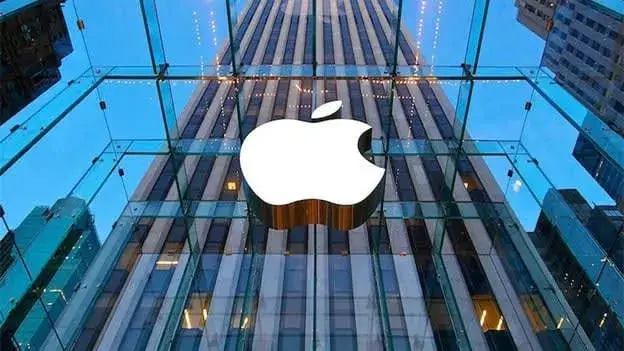Apple's potential entry into the foldable smartphone market with a "flip phone" design is generating considerable buzz, suggesting a possible renaissance for this once-popular form factor and a significant shift in smartphone design. While smartphones have largely adopted a rectangular form, a foldable iPhone could signal a new direction for the industry.
The Resurgence of Flip Phones
Flip phones are experiencing an unexpected comeback, particularly among Gen Z and millennials. These devices offer a simpler experience, focusing on essential call and text features without the distractions of numerous apps. The appeal lies in their simplicity, lower cost, durability, and the desire for reduced screen time. This resurgence is part of a broader "dumb phone" movement that promotes a more mindful approach to technology.
New "smart flip phones" are blending the retro design with modern smartphone capabilities. These devices combine the minimalist feel of flip phones with advanced features like high-resolution cameras and AI.
Apple's Foldable iPhone: Rumors and Expectations
Rumors suggest Apple is preparing to launch its first foldable iPhone, potentially in September 2026, possibly alongside the iPhone 18 series. The foldable iPhone could either adopt a clamshell design similar to Samsung's Galaxy Z Flip or a book-style design like the Galaxy Z Fold. The device is rumored to feature a 7.8-inch internal display and a 5.5-inch external screen.
Apple's foldable iPhone is expected to be a premium device, with prices potentially starting around $2,000. To target the high-end market, the foldable iPhone may be priced between $2,000 and $2,500. It may include premium materials like a titanium alloy hinge, aiming for a nearly crease-free folding experience. It's also rumored to have storage options starting at 256GB, paired with 12GB of RAM, a dual 48MP rear camera system, and an under-display selfie camera on the inner screen. The battery capacity is estimated to be between 5,000 and 5,500 mAh, which is larger than typical iPhone batteries.
Impact on the Foldable Market
JPMorgan predicts that Apple's foldable iPhone will be a major success, with sales potentially reaching 45 million units by 2028. By entering the foldable market, Apple is expected to significantly boost the segment's sales and revenue. Some analysts believe Apple could become the global leader in foldable smartphones. The foldable iPhone might invigorate the foldable phone market, which is projected to reach approximately 19 million units by 2025.
Apple's entry into the foldable market could lead to increased competition, potentially driving down prices and making foldable phones more accessible.
Challenges and Considerations
Creating foldable smartphones presents several challenges. One major difficulty is the cover glass, which needs to be flexible yet durable enough to protect the screen. The battery must also be flexible, which can be troublesome with current lithium-ion technology. Touch screen technology needs to function accurately even when the screen is folded.
Other challenges include addressing the visibility of the crease, ensuring durability of the hinge mechanism, optimizing battery life, and developing software that takes full advantage of the foldable form factor.
Potential Benefits
Foldable phones offer several potential benefits. They provide a larger display in a compact form, enhancing multitasking and productivity. The foldable design offers portability, combining a large inner screen with a pocketable size when folded.
Apple's Strategy
Apple typically waits for new technologies to mature before entering a market. This "late-mover advantage" allows the company to refine a concept and deliver a polished product. Apple's focus will likely be on refining existing technology and enhancing the user experience.
The launch of a foldable iPhone is part of Apple's broader strategy to innovate and adapt to changing market demands. By leveraging existing foldable display technology, Apple aims to deliver a high-quality product.
Conclusion
Apple's potential entry into the foldable market with a flip phone design could be a game-changer. It could revitalize the flip phone form factor, drive innovation in the foldable market, and intensify competition. While challenges remain, the potential benefits of foldable devices, combined with Apple's focus on user experience and design, suggest a promising future for the foldable iPhone.

















